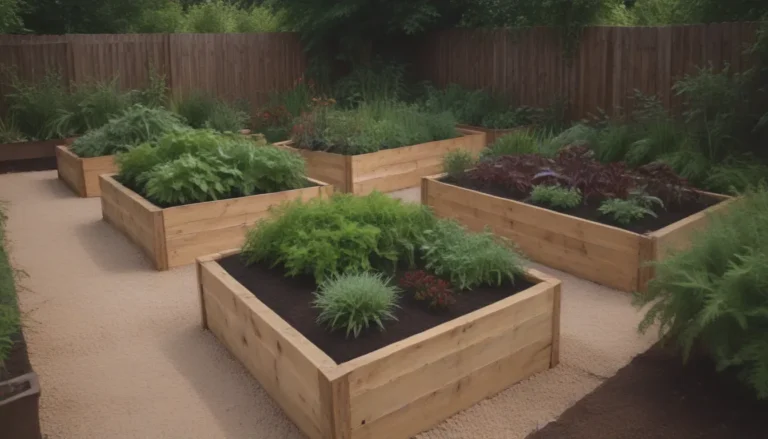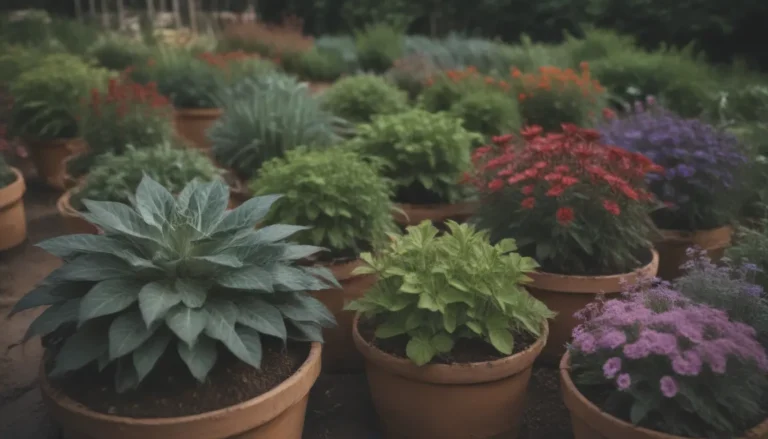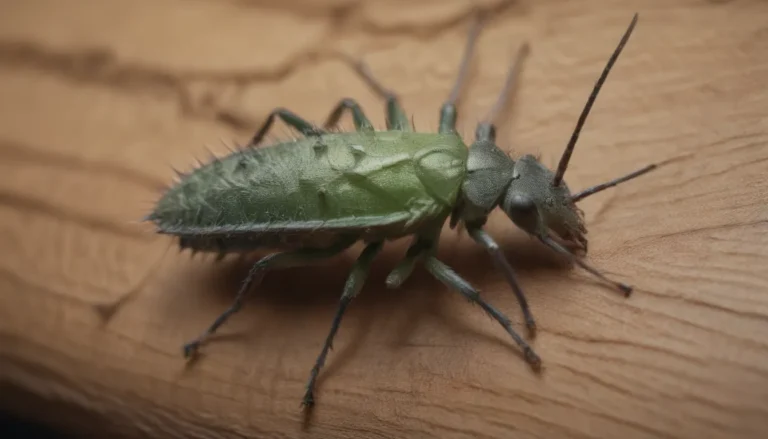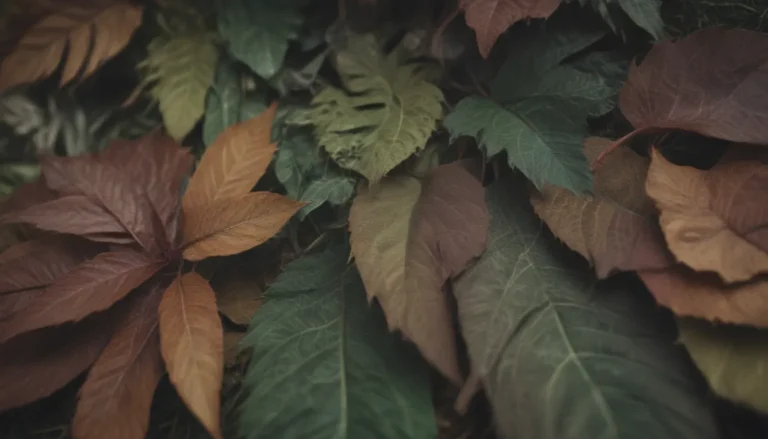How to Properly Remove Standing Water From Your Yard
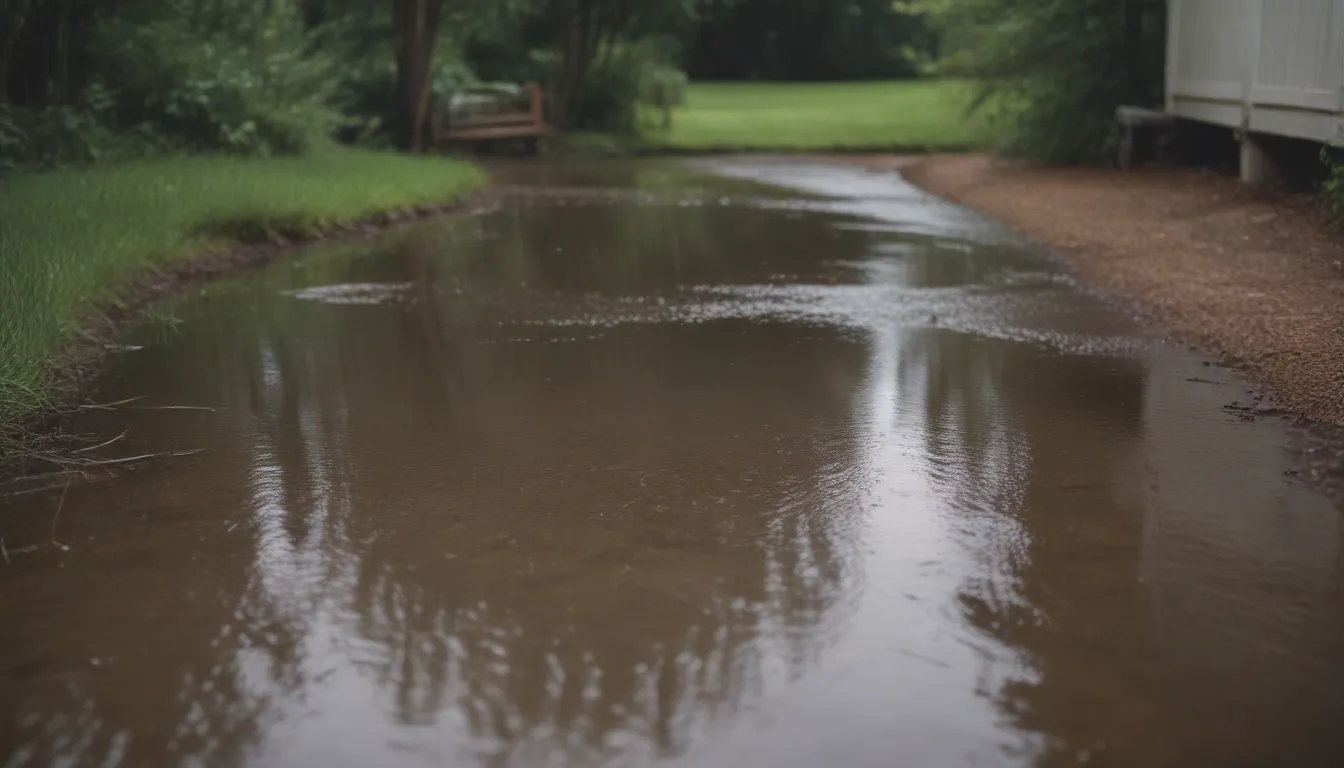
Having standing water in your yard can lead to a multitude of problems, from providing a breeding ground for mosquitoes to causing damage to your home’s foundation. Not to mention the inconvenience of dealing with muddy tracks into the house from your furry friends. In this comprehensive guide, we will explore the common causes of standing water in yards and provide practical solutions to effectively remove it.
Understanding the Causes of Standing Water
Before diving into the solutions, it’s essential to understand the root causes of standing water in your yard. Here are the common culprits:
- Poorly Draining Soil: The type of soil in your yard can significantly impact drainage. Loamy and sandy soils drain better than clay-heavy soils, which tend to trap water.
- Thatch and Compaction: Lawn thatch and soil compaction can form barriers that prevent water from percolating downward, leading to surface pooling.
- Low Spots: If your property is located at the bottom of a hill or has areas where the terrain slopes down, you may experience standing water due to poor drainage.
Solutions to Remove Standing Water
Poorly Draining Soil
If your yard suffers from poorly draining soil, here are some solutions to improve drainage:
- Amend clay in the soil: Breaking up clay barriers in the soil profile can improve drainage. Consider adding organic matter like compost to enhance soil quality.
- Use organic mulches: Organic mulches such as bark or wood chips can help improve drainage in garden areas over time.
In extreme cases where the lawn is severely impacted by clay-rich soil, you may need to consider removing the current lawn and starting over.
Thatch and Compaction
To address thatch buildup and soil compaction, consider the following solutions:
- Core aeration: Aerating the lawn can help alleviate soil compaction caused by heavy foot traffic.
- Build a walkway: Creating designated walkways can prevent excessive foot traffic on the lawn, reducing compaction issues.
Low Spots
When dealing with low spots in your yard, focus on correcting the grading and channeling water away from your home’s foundation:
- Correct grading around the foundation: Ensure that the grading around your home’s foundation directs water away from the house to prevent seepage.
- Install drainage systems: Consider options like French drains or dry creeks to redirect water to suitable exit points, preventing pooling in low spots.
Improving Water Drainage
To further enhance water drainage and prevent standing water, consider these methods:
- Avoiding runoff issues: Ensure that redirected runoff does not cause problems for neighbors or create hazards, such as slippery sidewalks.
- Utilize dry wells: Dry wells can be effective in collecting excess water and allowing it to gradually drain into the surrounding soil.
Health Risks of Standing Water
Standing water poses health risks due to the breeding of unwelcome species and organisms, including mosquitoes, rodents, pathogens, mold, and algae. It is essential to address standing water promptly to avoid potential health hazards for both humans and animals.
In conclusion, addressing standing water in your yard requires a combination of proper drainage solutions and preventive measures. By understanding the causes and implementing practical strategies, you can effectively remove standing water and create a healthier outdoor environment for your family and pets. Remember to regularly inspect your yard for signs of standing water and take action promptly to prevent further issues.
